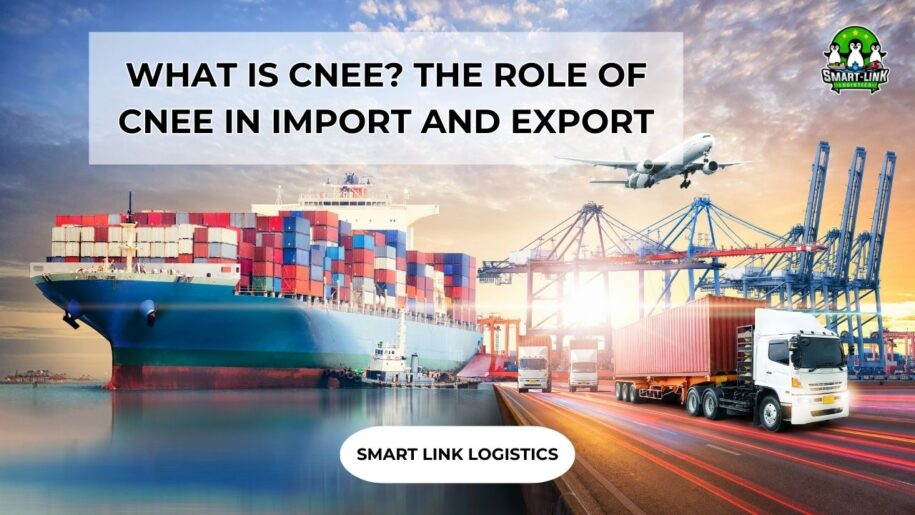
WHAT IS CNEE? THE ROLE OF CNEE IN IMPORT AND EXPORT
What is Cnee? – This is an essential term in the import-export field, referring to the consignee, who plays an irreplaceable role in the international goods receipt and delivery process. Understanding the concept of Cnee and related factors helps businesses reduce errors in shipping, ensuring the accuracy and safety of their shipments. Let Smart Link help you learn more about this term in the article below!
What is Cnee?
Cnee – or Consignee, commonly abbreviated as Cnee – refers to the buyer (or consignee) explicitly named on the specific bill of lading. On this bill, details like the consignee’s name and address are clearly specified. Based on this information, the carrier delivers the goods solely to the named consignee on the bill of lading.
Thus, a Consignee is understood to be the designated buyer on the specific bill of lading, unlike a negotiable bill of lading. The negotiable bill of lading does not specify a consignee, and can be transferred by hand, meaning whoever holds the bill will receive the goods. Therefore, businesses in the import-export field need to clearly understand the Consignee concept to avoid confusion when handling deliveries.

Differentiating Shipper – Consignee and Seller – Buyer
Many often confuse Shipper – Consignee and Seller – Buyer due to their specific functions. Let’s distinguish between these two pairs of concepts:
- Shipper – Consignee are terms used during the issuance of a bill of lading (B/L). Here, the Shipper is the seller, and the Consignee is the receiver (or buyer).
- Seller – Buyer is commonly used in general sales contracts, where the Seller is the seller and the Buyer is the buyer.
In some cases, import-export businesses may use the services of intermediaries, identified as the Shipper in the Shipper – Consignee relationship. This approach ensures the goods are delivered to the correct buyer and prevents unforeseen errors.
Additionally, buyers may also enlist the help of intermediaries, such as a Forwarder (FWD), to receive goods on their behalf. These agents can assist in reducing costs and streamlining the receiving procedures.
The Relationship between Consignee and Notify Party
Notify Party and Consignee may seem similar, especially in maritime transport, but they serve different roles. Notify Party is the party named on the bill of lading or notification document when goods arrive, but they are not usually the direct consignee.
In many cases, the Notify Party’s task is to receive an arrival notice and pass this information on to the actual Consignee. However, at times the Notify Party may also be the Consignee, depending on the specific situation.
For example, if the Consignee is “To order” or “To order of shipper” and the Notify Party is an intermediary (Forwarder), the intermediary may receive the goods and handle customs procedures before delivering to the final Consignee.
Conclusion
Through this article, we hope you better understand the Consignee concept and the distinction between Shipper – Consignee and Seller – Buyer. Additionally, the relationship between Consignee and Notify Party has been clarified, giving you a comprehensive understanding of these terms in the import-export sector. Smart Link Logistics is proud to have over 14 years of experience in the logistics field and looks forward to accompanying you throughout your journey.
Hotline: + 84 935 766 039 to know more about our services

If you require assistance with international import and export of goods, please contact our team at Smartlink Logistics. We are available to provide you with professional guidance on our services and the necessary customs procedures.
SMART LINK: BEST SERVICE BEST YOU


































